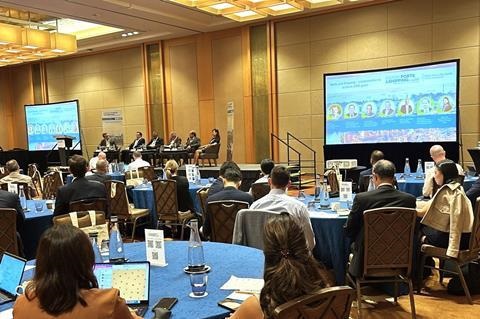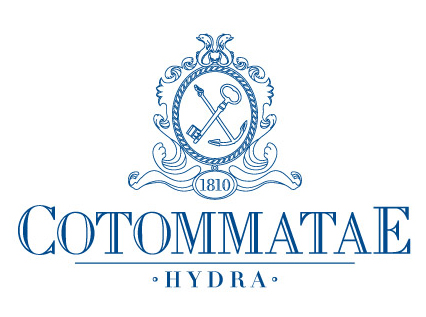Across the globe the ports and shipping industries need to work urgently hand-in-hand on the energy transition or risk a mismatch in efforts to meet the International Maritime Organization (IMO) decarbonization and green house gas (GHG) emission deadlines, according to the panelists on the Keynote Panel at Green Ports & Shipping Congress.
Aligning supply and demand of new fuels for growing numbers of dual-fuel use ships, training seafarers to manage and work with the new fuels and getting finance and government support to work through the transition to decarbonization were key topics on day one of the two-day conference, which runs today and tomorrow, 8 and 9 May, at the Marina Bay Sands Convention Center, Singapore.
Pranesh Kumar, general manager, and head of fleet, at Hafnia, posed an important question to the Keynote panelists - whether governments were ready to come to the table. The question sparked mixed views on how far official support would be available, and one panelist commented that users would pay a major portion of the costs.
“Paying for the shipping and maritime carbon reduction goals will have to see a business model that passes charges along to the customer, don’t count on the government,” said Lars Robert Pedersen, Deputy General Secretary at BIMCO.
But Governments can and should provide seed money to speed along maritime transition – James Forsdyke, managing director, at Lloyd’s Register Maritime Decarbonization Hub
However, seed financing and a push to get banks and insurers to look harder at financing options is in progress in Singapore, said Er Tham Wai Wah, chief sustainability officer, MPA (Maritime and Port Authority of Singapore).
Moreover, the regulatory framework for the broad energy transition is happening in ways that could force governments to react as costs for customers and consumers increase.
“Passing along costs to customers will happen, but inflation and other risks for new technologies will require some government support.” Said Sanjay C Kuttan, chief strategy officer, at the Global Centre for Maritime Decarbonization.
More widely, companies are looking to spending smartly on sustainable greener technologies in operations such as electric tugs, and equipment, said Evelyn Teng, head of contract pricing, at Maersk Southeast Asia Ocean.
Cooperation was widely seen as a way to smoothen some of the expected hiccups from switches to innovative technologies.
“All carriers need terminal efficiency improvements on waiting times, fuel sources, said Maersk’s Teng.
That view was bolstered by a call for shipping and terminal and port infrastructure to collaborate further.
And more widely, for small operators in both industries worried about finance and making the right decisions on investments to look at areas like electrification as part of the solution to decarbonize, said Antonis Michail, technical director, at the International Association of Ports and Harbors/World Ports.
Green Ports Shipping and Congress continues tomorrow.
Source: portstrategy.com


















